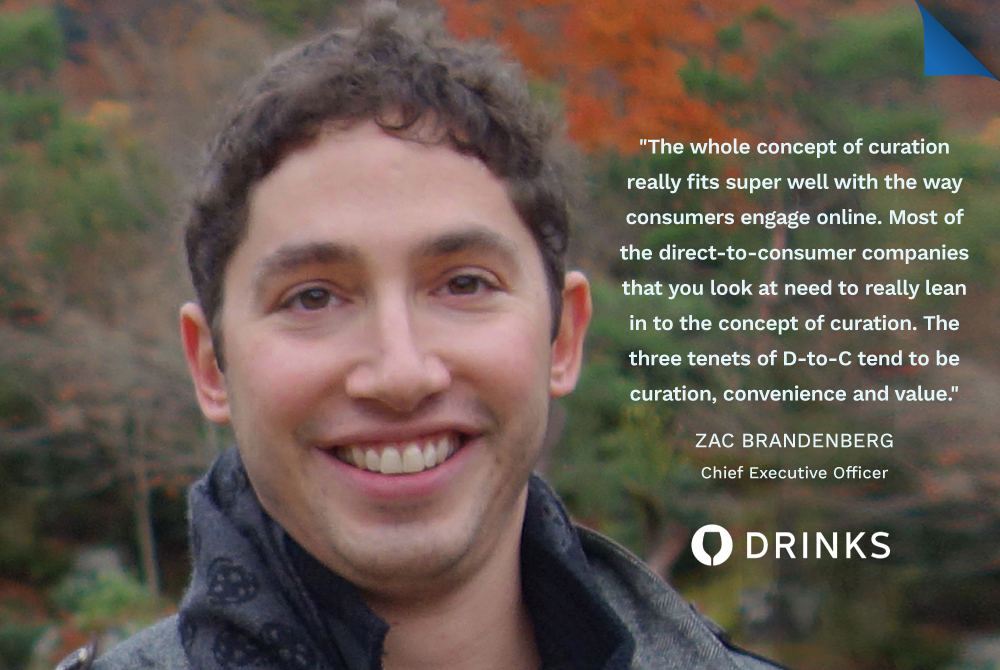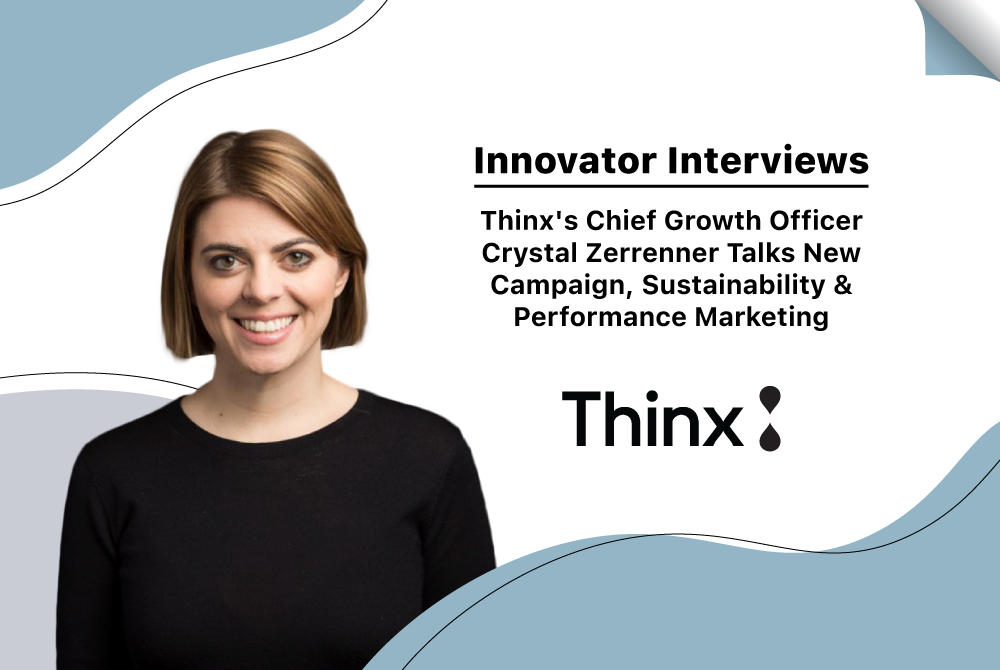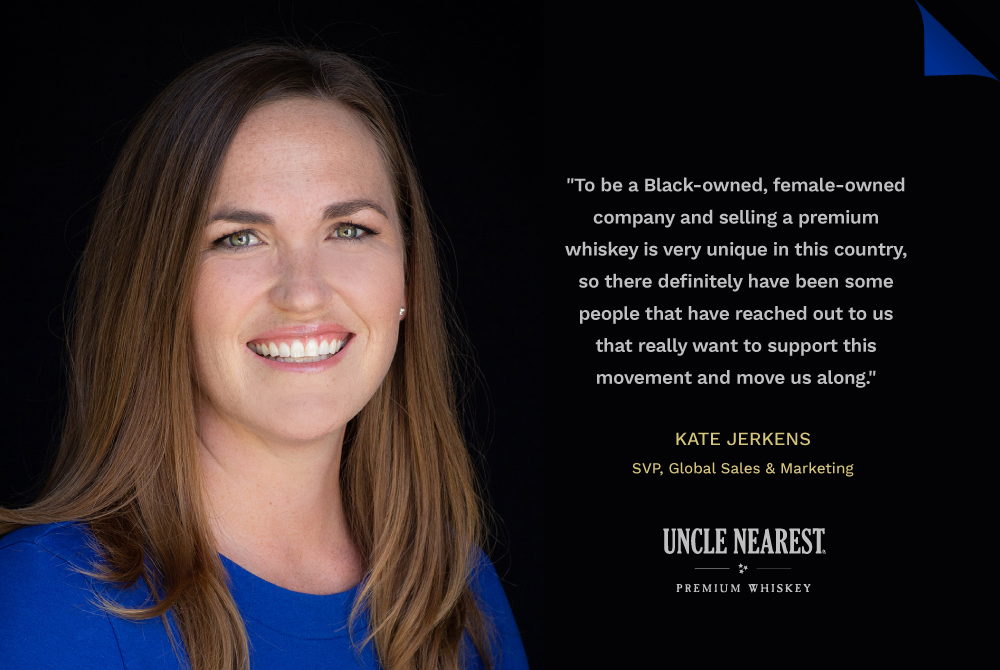Drinks.com has been in the DTC beverage space since 2013, back when buying wine online was a rare activity. And although the pandemic has hurt the economy, it turns out Drinks.com was the kind of business that would thrive in 2020.
This year, the company has seen sales explode as consumers look for ways to buy wine from home. In the spring, the company saw orders spike by 200-250%, and even as restrictions have lightened up in some places, the site is still seeing higher sales year-over-year.
They already provided the e-commerce platform behind Martha Stewart Wine Co. and Wine Insiders, sites that give consumers a curated experience to make it easier to select wines online.
In fact, Drinks was already working with Martha Stewart and French vineyard Yvon Mau to bring out a customized branded rosé exclusively for Martha Stewart before anyone had heard of covid-19. Drinks used consumer data to predict which wine label designs and names would capture the most interest in an e-commerce setting. It’s the first in a series of wines that will be curated by Martha herself.
Brand Innovators caught up with Zac Brandenberg, co-founder/CEO of Drinks.com, to talk about partnering with an influencer, D-to-C marketing and how wine sales online have skyrocketed since lockdown started.
Tell us about the recent Martha Stewart rosé project.
One of our ideas behind the project with Martha was the ability to take one of America’s greatest taste makers and have her be a personal influence on the wines that people drink.
There are almost 2 million wine labels in the market in the US and it can be hard to choose. Our idea was to look at what are the wines that Martha would drink and letting Martha do to work for you. It was all about pouring the right wine and enjoying the right wine. We developed a collection of wine for purchase under the umbrella of Martha Stewart Wine company.
As we developed this relationship with her, which includes taking her collection to QVC a couple of years ago, we wanted to start working with her on more professional projects and that could get the launch of this particular rosé, which we developed with Martha and French label Yvon Mau.
We worked directly with a producer out of France to customize a rosé with her name on the bottle. We collaborated with her team on label design and essentially the whole look and feel of the experience.
Great taste, pleasing wine, something that could be experienced and enjoyed at a reasonable price along with the aesthetic you would expect in a product that Martha has been involved in. She is very attentive to detail. You know you can trust a product that she is involved in.
The rosé launched a little late in the summer, due to various pandemic-related delays with being able to to move the wine out of France, but we were still able to catch the end of rosé season.
There are multiple distinct D-to-C mediums we have available to us. Not only do we have the Martha Stewart web company and its standing customers, but we also have the ability to integrate Martha Stewart wine company packages into other wine websites where Drinks either operates a D-to-C presence such as the website Wine Insiders or where we power a ship-to-home program through what we refer to as our wine as a service unit.
Customers could find the rosé through Martha Stewart Wines, as well as through the Wine Insiders website under the Martha Stewart Collection. Then we introduced it on QVC with Martha. We also saw promotion and an introduction by Martha Stewart herself on her social media channels.
Martha Stewart has been having quite a presence on social media this year for living her best life at home during covid. How did you tap into that for this launch?
We have been working on this project since before covid. We wanted to have Martha curate more of her favorite wines, but it takes quite a while to get the operational elements going. Independent of that, the amplification of Martha’s social media presence through covid with the quarantine dinners, the quarantinis, her heavily liked pool selfie, the other things that she has done really successfully that have been resonating with everybody on social media in the last few months. While we haven’t been able to tie the introduction of the rosé to the amplification of her social presence, we saw a real demand by customers across the spectrum, not just those who follow Martha Stewart, through every channel.
There is a distinct increase for wine and beverage to be shipped to home. The fact that Martha was curating a collection of wine already at a really embraceable price point, really embraceable types of wines, made it relatively seamless for her to show and incorporate a number of her wines into her portfolio and that has resonated with all of the consumers that we address because that is what they are looking for. They are looking to stay inside but they really want to know what is great wine that I can enjoy without thinking too much about it.
The whole concept of curation really fits super well with the way consumers engage online. Most of the direct-to-consumer companies that you look at need to really lean in to the concept of curation. The three tenets of D-to-C tend to be curation, convenience and value. Look at the value Warby Parker, you see the same value proposition each time. Consumers looking for what are the best items, the best eyeglasses, the best wines, the convenience of getting it at home, which resonates now more than ever and the value proposition of being able to get a great deal for it.
With everything going on in the world, who wants to sort through a wine and try and figure out what exactly is the best thing to drink or enjoy at home when you have somebody with the expertise of Martha Stewart saying, here are my top four Sauvignon Blancs. Here are two great Chardonnays. Let me show you how I pair it at home with these tomatoes from my garden. It just makes it easy and that is what everybody wants.
Online sales for alcoholic beverages has skyrocketed during 2020. What does this mean for Drinks.com?
It has positioned us well. There has been a lack of people who have bought beverages, alcohol or wine online. It is not like other products. Customers buy pet food online 25x the rate that they buy wine online. It is easier to buy a Tesla on the Internet in some states than it is to buy alcohol. It goes back to prohibition. Alcoholic beverages are a highly regulated product in the United States and depending on the state there are different rules.
This is a very large category –wine is a $70 billion plus market in the United State just for non-restaurant, non-bar– and it has had very little adoption.
There has already been a movement, a slow, but accelerating uptick in online sales for beverage alcohol because of the need for change. Change is driven by consumers based on pricing or access to products. You have already had pressure and movements for more online sales for alcohol to begin with. Then you get to this point, which is a massive accelerant.
Being already positioned as a digital-first business, it meant that we were well suited to accommodate increased demand. For us a lot of what our business and our growth has been about push and change intending to introduce consumers to a way of shopping that is online versus retail. Certainly one of the reasons, going back to the creation of our relationship with Martha Stewart that started a few years ago, was to partner with an influencer to help us to introduce the concept of buying wine to another generation, another audience, where the influence, the halo, the aura, the credibility of Martha Stewart, particularly being active in tasting wines.
Most people think that anything you do with a celebrity, you just slap their name on it and there is no actual involvement. But Martha is actively involved here. She tastes all of the wines. She has a very specific palette about what to look for and how to think about wines for our customers and her fans. That adds a credibility and authenticity that really helps to introduce the concept of the Martha Stewart Wine Company and buying wine online to new consumers around the United States.
That helped push that demand to buy wine online and put us in a really strong position when other factors began to influence that behavior to be positioned to address their needs during that time. Around March, April, May, we saw orders spiked 200-250% over what would be pretty good performance for that time of year.
Do you think this kind of growth will continue and how are you adapting to this increase in sales?
You don’t have the same elements of hoarding and stocking up as in March. You have the reopening of a lot of physical brick-and-mortar but you have ingrained behaviors now. Ingrained behaviors like increased adoption, consumers now see the convenience of online, you just really have a change of the brick-and-mortar versus digital economy that is not going to revert. It is not going to snap back. There is nothing to snap back to. That evolution was already occurring, and now we have the accelerant, the external factor that pushed something that was already moving before.
For us, we look at what the new baseline was. If the summer was going to be X volume because that is where the summer would be, then the prediction of summer of 2020 is Y, and Y is going to be higher, the new expectation is going to be higher than it was earlier this year and higher than last year.
Operationally, it has been about reeling both supply chain and internal operations to meet the new expectations of demand. What happened in April and May with those spikes in sales is we winded up running low on inventory. We ran out of wine. It became a real challenge to bring in enough wine to meet demand because not only were we meeting a spike in consumers’ needs but we were also facing unusual constraints on the supply chain impacted from international ripples.


